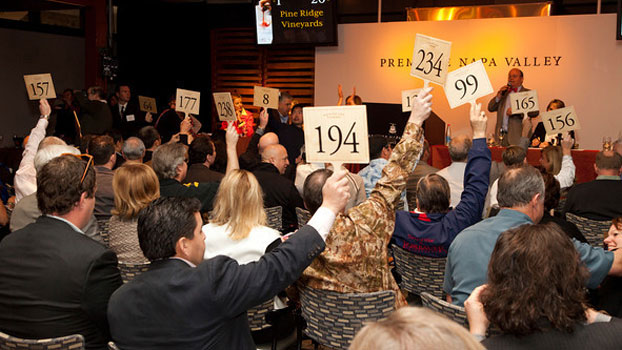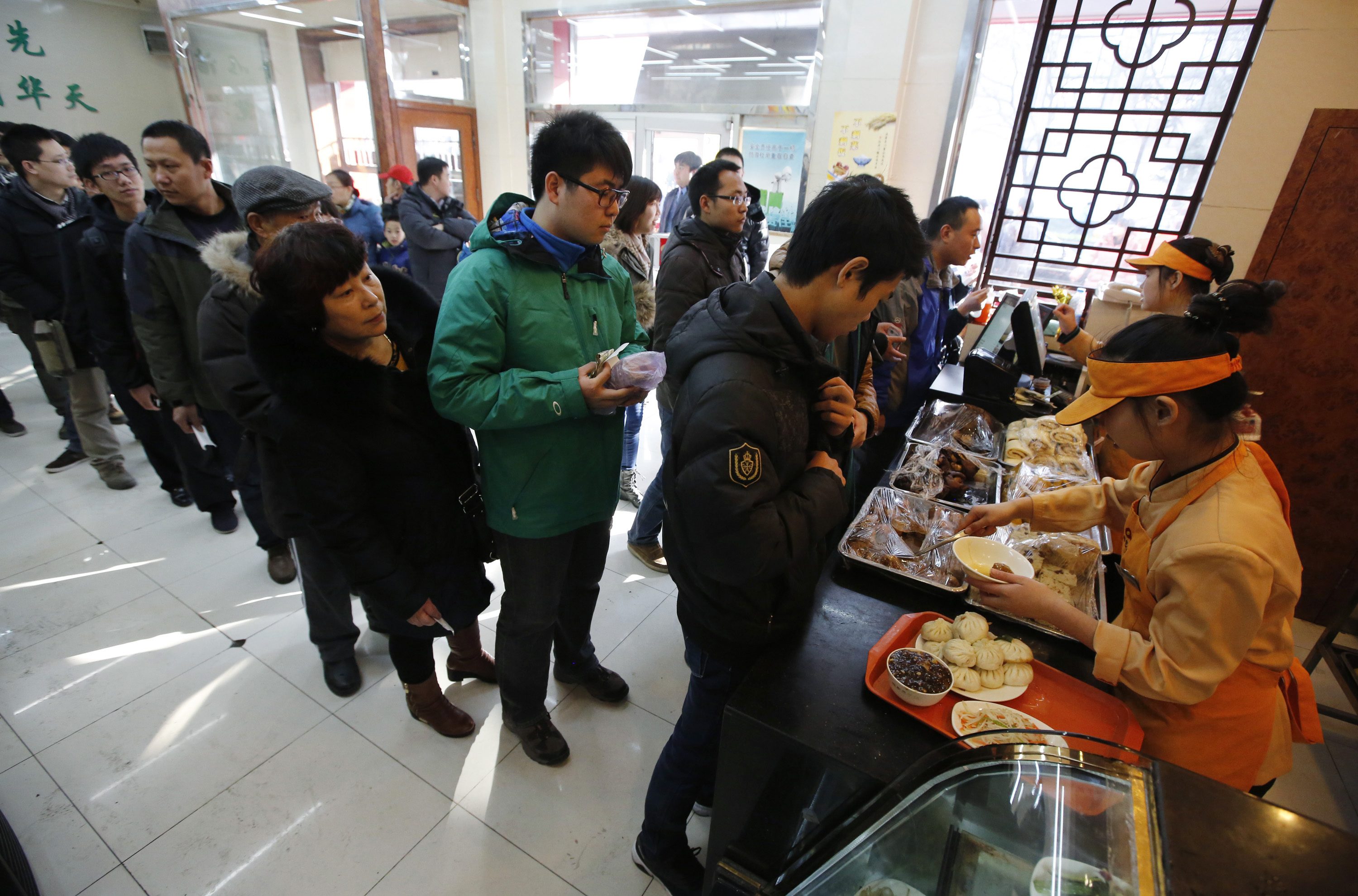Growing up I hated sales people.
I always hated the thought of being sold, and so I avoided salespeople with a passion. Except my Russian friend who gets excited when he sees sales people for an opportunity to haggle, most people generally don’t get excited to be sold.
But I was an entrepreneur. Between selling dubious Chinese fireworks in elementary school and reselling Costco candy during those hungriest hours of my high school classes, I was a salesperson without even knowing it.
Although I didn’t consider myself as a salesperson, my endless entrepreneurial endeavors had actually been teaching me powerful sales skills. My sales consultancy still leverages these same lessons today for scaling my own business and my clients’ outbound sales.
[Names of people included in anecdotes have been changed.]
Sales Lesson #1: Scarcity Really, Really Works
I discovered in high school that I could incite a bidding bar with a single candy bar.
One day I pulled a Reese’s bar from my backpack for my mid-morning snack, and Joe, the boy sitting next to me asked me if he could have my candy bar. If Joe was a friend I might have shared, but I did not particularly like Joe nor did I want to share with him, so I said, “Sure, Five Dollars.”
Joe paused for a minute and stared at me, and then said, “Okay,” and pulled out a five-dollar bill. I wanted that candy bar, but I could go to Safeway and get at least 12 candy bars for five dollars.
Joe’s friend Jorge stared at him intensely with mouth-watering eyes as he opened the Reese’s package. “Hey, can I have a piece?” he asked his friend. Joe looked back at Jorge with a smirk and said, “Sure $5.”
Jorge didn’t pay Joe the $5 for a single piece of Reese’s, but Nick almost did. Before he could, Nick’s nemesis Jack offered Joe $10 and bought it just so he could make Nick watch him eat it slowly. And just like that Joe had half my candy bar and actually made $5!
I felt like a sucker, but Joe had given me an idea! I would go to Costco and buy bulk discounted candy bars to sell to all the hungry kids in my class to incite a bidding war. After school I bought a large box of Reese’s and a box of my classmates’ beloved carmel Twix. Rather than saturating the market with my candy bars, which would cheapen my product and lower my margins, I would only sell a few candy bars a day, but the bidding wars would drive the prices high. I once sold one for $27.
COLD EMAIL TIP #1: If you’re emailing prospects to get beta testers, create urgency and scarcity by telling them there are a limited number of slots. To make it convincing, tell them there are x number of slots, and y number are already taken by companies x, y and z. This works even better when these companies are somewhat competitive to each other.
You can also use time as a scarce factor and say that you wanted to talk to a prospect about x before you have that upcoming meeting with their competitor. Be tactful and not sleazy or a jerk so you don’t get caught lying with your pants down, but mastering this tactic will increase cold email response rates.
Sales Lesson #2: People Buy From People
In college I had a small house-cleaning business long before Homejoy ever existed. My first client was a retired couple in their 80’s who just needed some extra help with light housework. The husband was a retired economics professor.
Later after getting the job I discovered that they had interviewed dozens of applicants of more than 100 that applied. They chose me because we had instantly connected. The husband got excited when he learned I studied economics and told me he was a former economics professor; we ended up talking for at least 20 minutes about our favorite economists.
You’re not always going to be lucky enough to have lots in common with your prospect, but making the effort to discover similar interests goes a long ways in sales. Yes, your product/service needs to be useful and the prospective customer actually must have a need for it, but what sets you apart from all your competition? Unless your product is 10x better than your competitor or has a major feature that customers need which the competition doesn’t have, the ability to connect with the prospect makes or breaks the deal.
We all have different strengths and interests, but you should definitely leverage what makes you unique whenever relevant. Those little details make you human and memorable instead of just a bot spamming them with sales emails.
That’s why Kissmetrics’ Hiten Shah signs his emails with a fantastic Zig Ziglar quote representing his sales philosophy and why Predictable Revenue’s Aaron Ross doesn’t capitalize anything in his emails. It’s also why I have an orange goat on my business cards and continue to brand myself as an economist instead of just another entrepreneur.
COLD EMAIL TIP #2: Consider adding something interesting and intelligent to your email signature that lets people know your sales or business principles. It should be appropriate and somewhat relevant to your business. This shouldn’t be more than a single line and should either build integrity, intrigue or both.
COLD EMAIL TIP #3: If possible, use your SDRs to write a quick phrase or sentence for each of your prospects that can be used in your cold email’s first sentence. Assuming you know you have a really good targeted list of prospects that should all qualify, this approach has huge returns for your time. If you don’t do this at least write an eye-catching first sentence that is hyper-relevant to your entire list’s needs.



